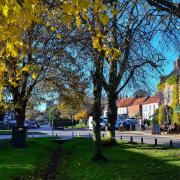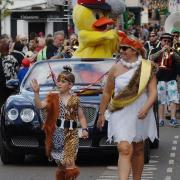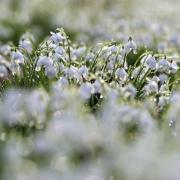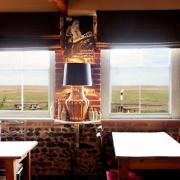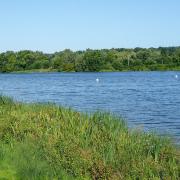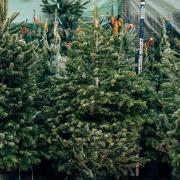Head for the reeds in June, to the gossip of the summer breeze in the young green blades, to the syncopated chunter of reed warblers, and to the blazing lipstick flowers of ragged robin.
In the dykes here are families of stout-billed greylags, marshalling their well-grown young with deep triple-clucks. The sky above is loud with the raspberries of house martins and the cheery chips of swallows; and all the wild world seems happy to be alive on this early summer day.
We have come in the hope of seeing one of the reeds’ rarest nesters. The marsh harrier is now easy to see in Norfolk – in the Broads, in the Fens, along the coast and over much of our farmland – but it is well to remember that just four decades ago the bird’s British population was still, as it had been through much of the century, reduced to a couple of pairs in East Anglian reedbeds. Once so common here that Victorian naturalists called it the Norfolk hawk, the marsh harrier, like so many of our birds of prey, was driven to the edge of national extinction by systematic persecution and the destruction of its habitat.
But what joy that marsh harriers sway in our skies again today. I grew up in north Norfolk and every weekend of the spring and summer – when marsh harriers were still only to be seen in spring and summer – friends and I would visit Norfolk Wildlife Trust (NWT) Cley Marshes. Here, among such dreamed-of birds as little gulls, black terns and garganey, we would watch one of Britain’s only pairs of marsh harriers and point them out in excited whispers each time they rose from the reed. Today, happily, I watch them from my desk and hear my local male shouting from the clouds above my garden each spring.
In the June reedbed of our imagination, the marsh harriers have chicks in their secluded nests. Each female may have half-a-dozen chicks, though a single male may be the father of more than one female’s brood and will bring prey to feed his offspring in each nest. As the chicks grow, so too do their appetites and the frequency with which their parents must bring prey to feed them. So June is the finest month of the year for watching marsh harriers at reserves such as NWT Hickling Broad, NWT Upton Broad and Marshes and NWT Salthouse Marshes. Now you can see the male bird – ink-black wingtips contrasting with silver wings and a rust-red breast – bring back prey to the reedbed and pass it in mid air to his female – larger, dark chocolate brown with a golden forehead and shoulders – so she may take it to the hungering chicks in her nest.
Though in today’s Norfolk we are accustomed to seeing marsh harriers every day, with just 400 nests in Britain each year, these iconic East Anglian birds are rarer nationally than golden eagles. They are also among the most elegant raptors in the country, holding their slender wings in deep Vs, skimming the tops of the reeds, and suddenly pirouetting to drop on hapless prey. So be grateful that the graceful Norfolk hawk is with us again; and that June is as fine a month as any for watching it.
For more information of where to go in the county and what to look for this month, visit www.norfolkwildlifetrust.org.uk




